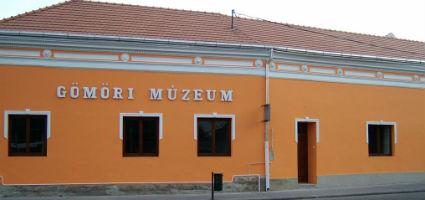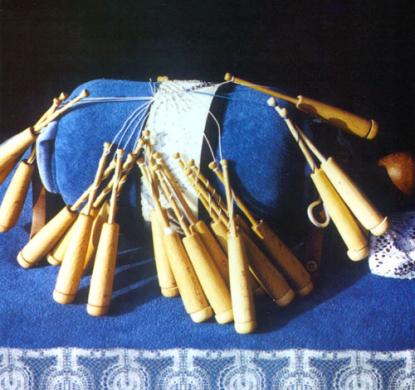2024. April 26. Friday
Gömör Museum - Putnok
 |
Address: 3630, Putnok Serényi László tér 10
Phone number: (48) 430-292
E-mail: gomorimuz@gmail.com
Opening hours: *Mon-Fri 8.00-16.00, Sat 10.00-14.00
|
The exhibition has closed for visitors.
2001.10.26. - 2002.04.20.
Museum tickets, service costs:
|
Ticket for adults
|
400 HUF
|
|
|
Ticket for students
|
200 HUF
|
|
|
Ticket for pensioners
|
200 HUF
|
The history of Gömör County can be traced back to the Original Settlement. It was a border county in the country of Saint Stephen. A fortress was built next to the river Sajó in the outskirts of Sajógömör.

The richness of the royal county was due to its natural values, mines, forests as well as the gold found in the outskirts of Berzéte in 1243. Gold was used to ornament textiles made by women. The gold that was not used in the households was sold to tradesmen. The income of that was about 300 000 golden coins at the turn of the 18-19th century.
The peace treaty in Trianon after WWII detached several villages; only 21 remained on the territory of Hungary out of the original 281. The land of Gömör is around the river Sajó, the hills of Putnok and the mountains of Aggtelek.
The research works treat Gömör ethnographically as independent region. The history and culture of the Hungarians over and inside the borders is common. The cultural heritage of the Northern Palóc is the same as that of the Gömör region. Men who live there still preserve the finely elaborated handiwork of their mothers and grandmothers.
The book of Dezső Malonyay titled 'The Art of the Hungarian People' writes the following of the Palóc: The old works are appreciated here very much. The laced large covers are kept clean, folded on top of the chests and are only used on special occasions. They are hung over the bed of the woman giving birth, at other places the old women who want be buried with the laced covers: they are used for the most beautiful moment of human life.'
The audience may learn of the 'good old works' made in Gömör at our exhibition.

The richness of the royal county was due to its natural values, mines, forests as well as the gold found in the outskirts of Berzéte in 1243. Gold was used to ornament textiles made by women. The gold that was not used in the households was sold to tradesmen. The income of that was about 300 000 golden coins at the turn of the 18-19th century.
The peace treaty in Trianon after WWII detached several villages; only 21 remained on the territory of Hungary out of the original 281. The land of Gömör is around the river Sajó, the hills of Putnok and the mountains of Aggtelek.
The research works treat Gömör ethnographically as independent region. The history and culture of the Hungarians over and inside the borders is common. The cultural heritage of the Northern Palóc is the same as that of the Gömör region. Men who live there still preserve the finely elaborated handiwork of their mothers and grandmothers.
The book of Dezső Malonyay titled 'The Art of the Hungarian People' writes the following of the Palóc: The old works are appreciated here very much. The laced large covers are kept clean, folded on top of the chests and are only used on special occasions. They are hung over the bed of the woman giving birth, at other places the old women who want be buried with the laced covers: they are used for the most beautiful moment of human life.'
The audience may learn of the 'good old works' made in Gömör at our exhibition.
